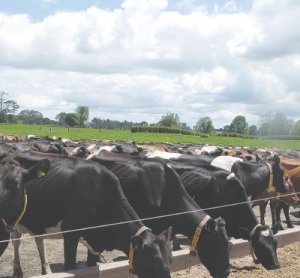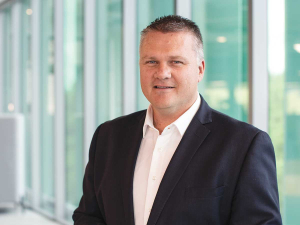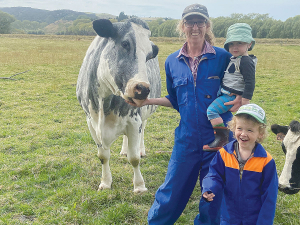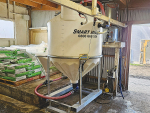Nutritionist Pip Gale, of Tasmania, says, “Equally, if they think their herd can put more milk in the vat, that’s probably right too. I believe dairy farmers… want to make rational business decisions, therefore they require sound information and exposure to industry achievement.”
Gale says many New Zealand dairy farmers are beginning to think differently about dairy nutrition and feed inputs as they become more educated on the topic. “Familiarity is a type of cultural architecture…. If farmers feel no need to change their production system, fair enough.
“But, if farmers face a challenge… to improve their cows’ nutrition and welfare, they need to realise they can do so. It will require them to carry out different activities and make strategic financial investments however.”
Gale says that a farmer’s adjusting of his mindset – before he begins exploring supplementary feed options for a herd – is a key to increasing milk production.
“Often a dairy farmer has an issue they want to address. [Inghams] will say ‘yes, we can help, but there has to be a willingness to do something different.’ Farmers have to resolve this in their own minds first.”
Having overcome what can often be a type of fearfulness (about change), dairy farmers can then get on with a supplementary feeding due diligence, figuring what activities they’ll have to do differently and how to incorporate it into the pasture management systems’ employed on the farm.
“In other words, to change outcomes on a farm, you have to change the activities carried out on the property,” Gale says. “Such a change of philosophy is no small matter, but that’s the job of people like myself; to help support that change of mind, to suggest there are actions farmers can or shouldn’t take.”
Gale says that lifting the production of cows that are genetically quite capable of doing so can be achieved relatively easily – as long as farmers give themselves permission to begin thinking differently.















